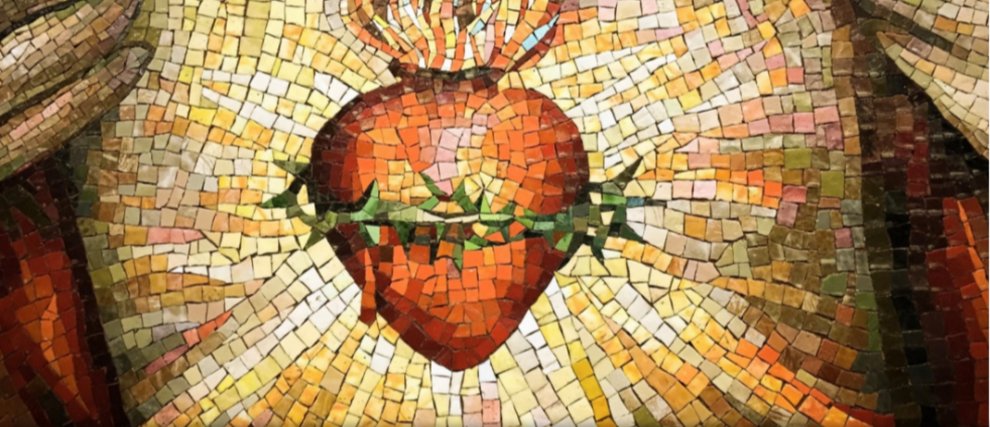Saint Matthew
Biography of Saint Matthew, Apostle and Evangelist
Saint Matthew is a New Testament character in the Bible. Like Saint John, he is both an apostle and an evangelist. Matthew is therefore an eyewitness to the events he reports in his gospel. Matthew was from Capernaum in Galilee. Called Levi, he was a publican, working as a tax collector until the resounding call of Jesus. To this call, Matthew responded with enthusiasm; leaving his riches, he set about following Jesus. It is probably following this call that Levi took the name of Matthew, meaning "gift of God". Matthew collected money for the Roman rulers. This activity, perceived as a betrayal, was particularly badly viewed by important Jews, but also by everyday people, who were being imposed excessive sums. The tax collectors were despised by all, considered sinners, yet Jesus also calls them to him, not disdaining to take his meal with them. Seeing this, the offended Pharisees call out to the apostles: “Why does your master eat with publicans and bad people? (Matthew 9:11) to which Jesus responds, revealing the hypocrisy of Pharisaism, "It is not the healthy who need a doctor, but the sick. I came to call not the righteous, but sinners."
Matthew himself and the evangelists Saint Mark and Saint Luke recount the vocation of Saint Matthew: “As he walked along, he saw Levi son of Alphaeus sitting at the tax collector’s booth. ‘Follow me,’ Jesus told him, and Levi got up and followed him.” (Mark 2:14). The versions of Luke (5:27) and Matthew (9:9) are very similar. Later, Matthew spent some time in Egypt and then evangelized Ethiopia, converting the king and his daughter Iphigenia, whom he had miraculously resurrected. As a result, Matthew was killed for supporting Iphigenia in her choice to remain a virgin. Dead a martyr, he gave up his soul as he celebrated the Eucharist.
Celebrated on September 21, Saint Matthew is the patron of professions related to money: customs officers, accountants, bankers, management controllers, treasurers, money-changers.
Discover the life of the apostles and faithful friends of Jesus on Hozana: Saint Peter, Saint John the Baptist, Saint Mary Magdalene.
Saint Matthew in iconography
The symbol of Matthew is the winged man. The representations show the apostle writing his gospel under the inspiration of an angel. As an evangelist, his attribute is naturally the book. As a martyr, he is represented with a halberd, an instrument of his torture. He is also sometimes depicted with a golden weighing scale, a reminder of his past craft. Among the most famous paintings are that of Caravaggio (1599), The Martyrdom of Saint Matthew and Saint Matthew and the Angel (1661), by Rembrandt.
The Gospel according to Matthew
The Gospel of Matthew is one of the three synoptic Gospels along with those of Mark and Luke. This means that these three Gospels have major similarities in the turnings of sentences, the vocabulary used, etc. The Gospel of Saint Matthew was written in Antioch about 50 years after the death of Christ. It begins with the genealogy and childhood of Jesus, emphasizing his humanity.
The Gospel of Matthew is addressed to Jews, converted to Christ or not. He presents the Messiah who came to realize the New Covenant and shows, in the light of the Old Testament, how Jesus fulfills the Scriptures.
Praying with Saint Matthew on Hozana
Hozana offers you several prayer communities to discover the Gospel of Saint Matthew and to pray with him.
- Hozana offers you a path of healing for . Discover the model of life that Jesus Christ proposes and every day, let Sacred Scripture work your heart and fill it with joy!
- Discover this that will help you to dive into the Word of Jesus. You will receive a reading or a commentary on a passage of the Gospel of Matthew.

